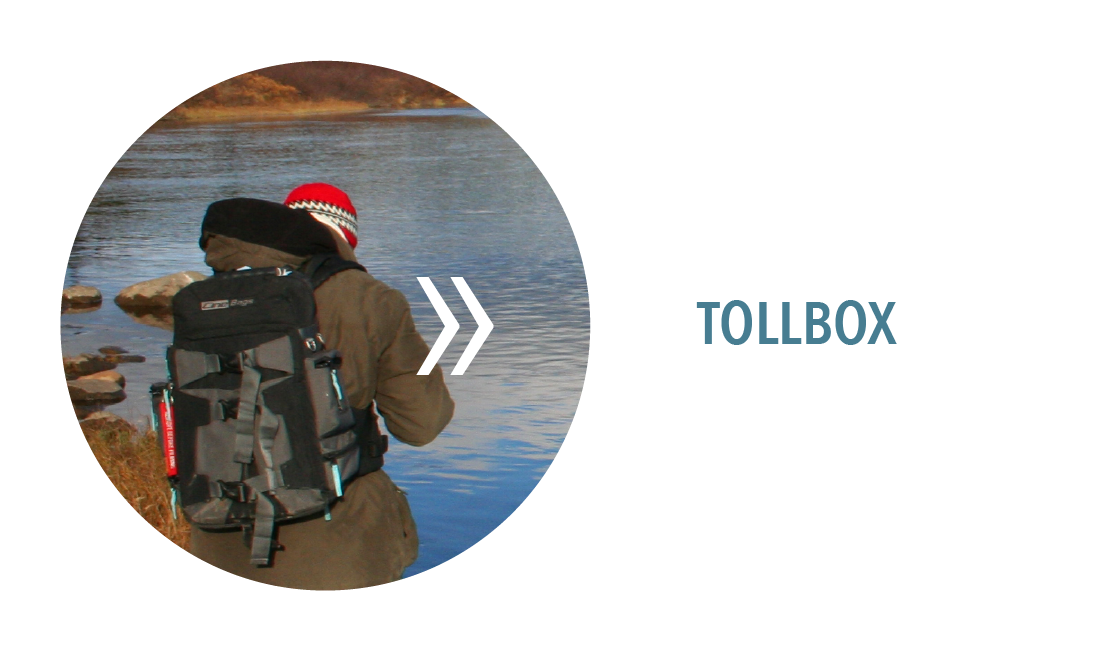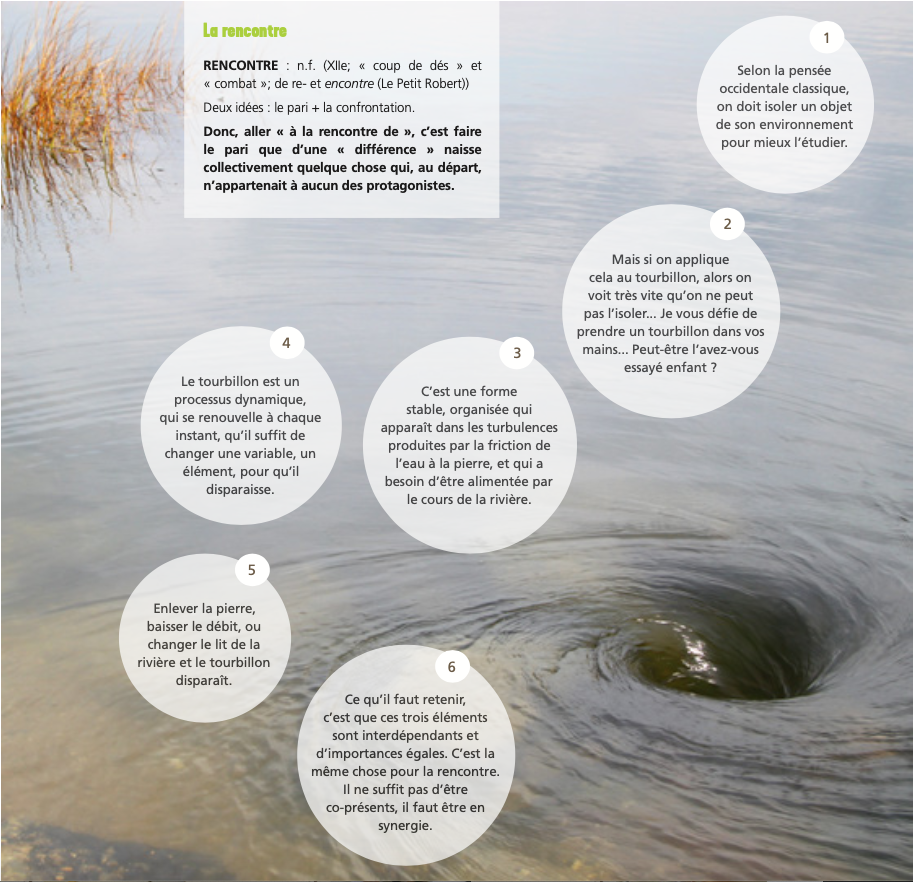Preparing the Portage
For this journey, you are invited to do a portage, to prepare yourself for it, and to adopt perspectives that may be new, different from what you are accustomed to. You will therefore embark on a journey to encounter the Other!
There is no predefined path: there are several routes depending on your comfort level and degree of ease. Paths that are unique to you, but explored through mutual support.
Moreover, you will find that the land, cultures, languages, Indigenous realities, and many other facets encountered in the HARMONIZATION portage journey are constantly evolving.
Click on the The Essentials page to learn about orientations, values, and worldviews of indigenous peoples that will serve as landmarks on your journey.
Click on the Logbook page for a practical reflection exercise to keep track of the evolution in your journey.
Dive into the immersive masterpiece of César Newashish and his remarkable crafting of a bark canoe.
PORTAGE ON THE LAND
A Means of Transport Still Used Today by Indigenous Peoples
Portage is used on the land when waterways are obstructed by obstacles such as rapids or waterfalls, or when they are impassable. A practice still very much alive today, boats, goods, luggage, etc., are temporarily taken out of the water and transported over land, sometimes over long distances, until they could be put back into the water downstream and upstream. By following the metaphor of portaging, you follow the logical evolution of experience and learning. You move at the pace of nature, which involves letting go of the quest for quick answers or ready-made formulas.
Portage is a tradition that deserves respect because nature in its vastness demands respect. This practice requires good preparation (e.g., canoe, paddles, shelter, survival tools, etc.) as well as specific knowledge (e.g., assessing the terrain, considering the weather, evaluating distances, etc.). Similarly, cultivating and maintaining collaborative relationships with Indigenous communities, organizations, and individuals is a process that deserves time and respect.
Using this diagram, you can see how the metaphor of preparing for the tradition of portage translates into a respectful approach to be adopted when visiting an Indigenous community.
“Generally, when we talk about portage, I would add the dimension of mutual assistance because you are rarely alone in a portage. Everyone helps to carry each other's loads, according to their own pace and abilities. You might also encounter other travelers going upstream or downstream. Portages are often marked out in advance. You can see them. You know it’s a path laid out by ancestors and maintained by the passage of humans and animals. It’s reassuring. There are unmistakable markers on the trees, traces left by previous travelers who have left their tea kettles or their cans of Pepsi from the 70s. It’s very rare that you’re completely alone forging your way through the vastness of the forest!"entretenu par le passage des humains et des animaux. C’est rassurant. Il y a des repères immanquables sur les arbres, des traces d’anciens voyageurs qui ont laissé leur chaudière à thé ou leur canette de pepsi des années 70. C’est bien rare que t’es tout seul à te frayer un chemin dans l’immensité de la forêt!”
- Participant of the advisory committee for the platform
















